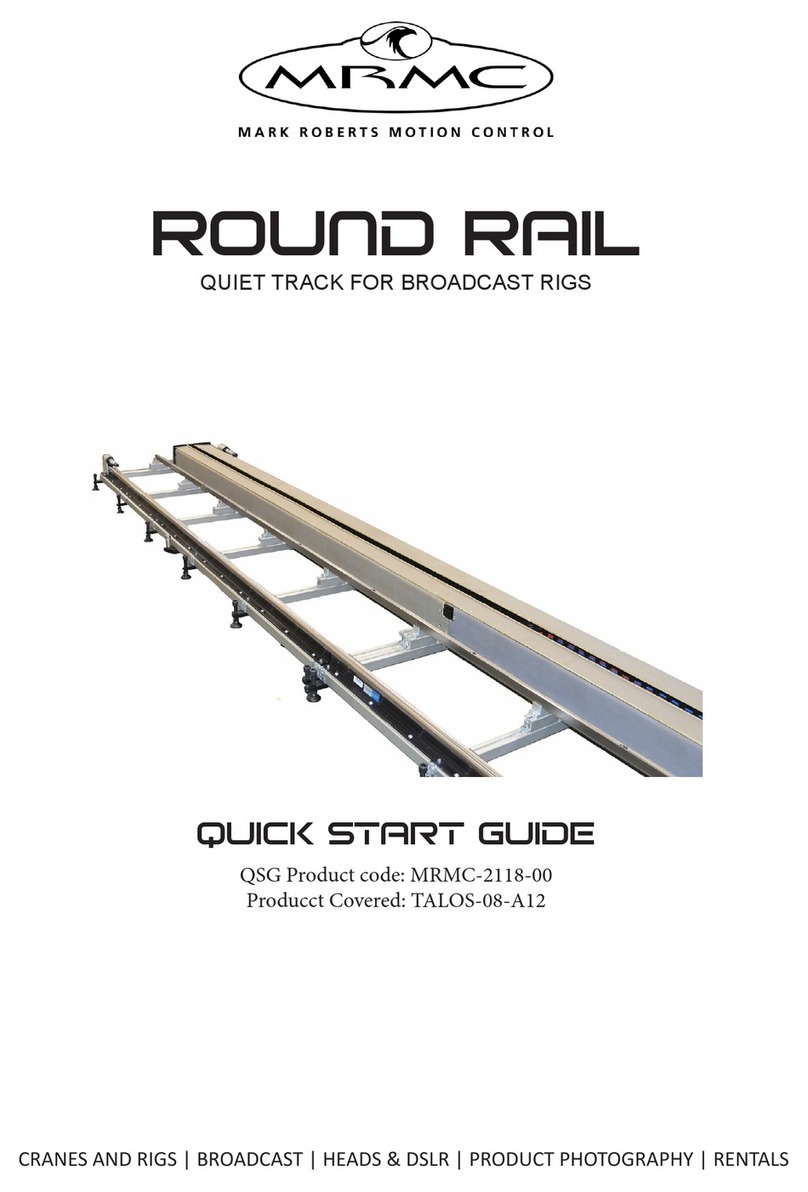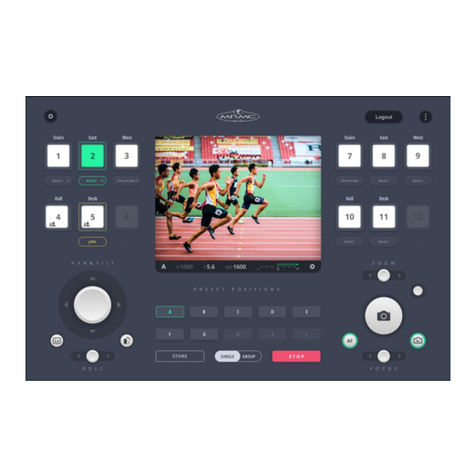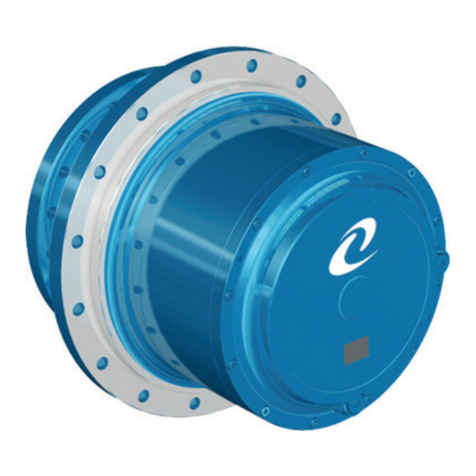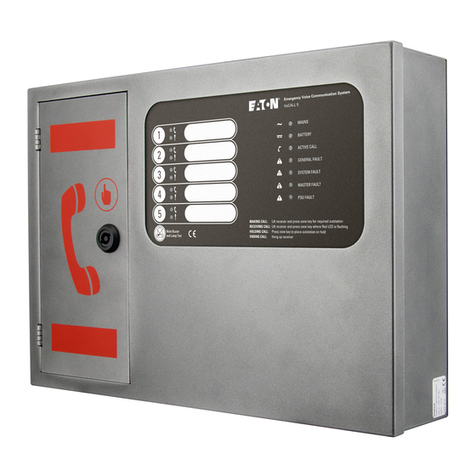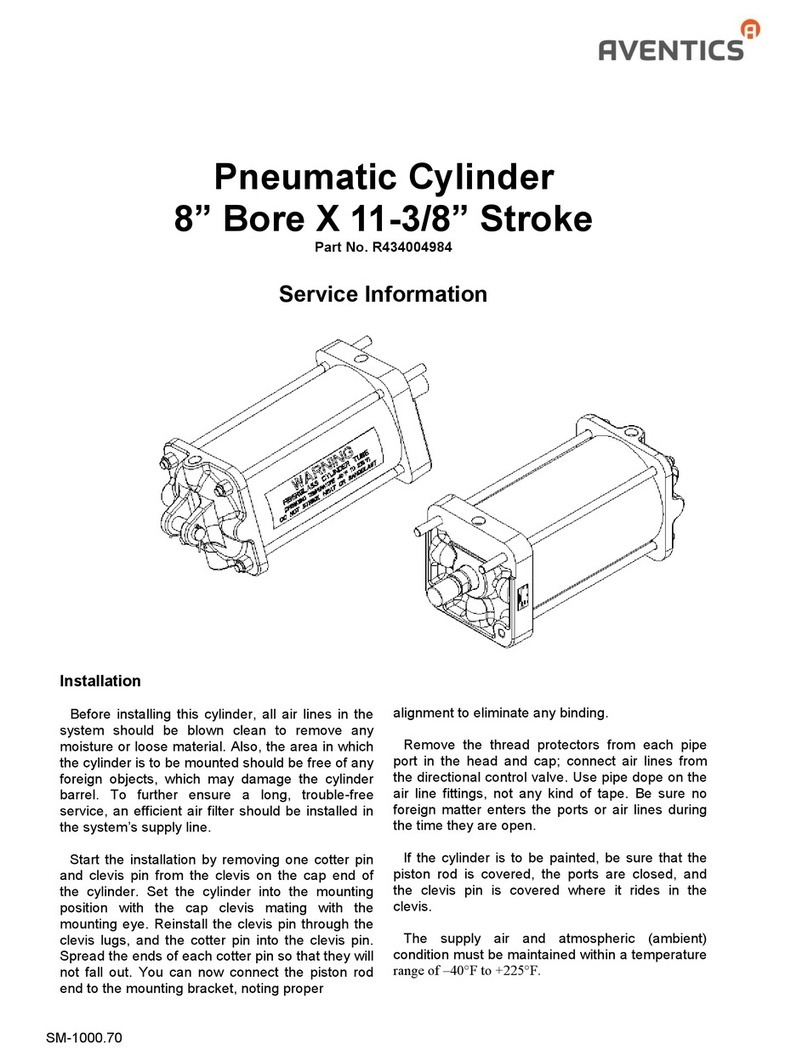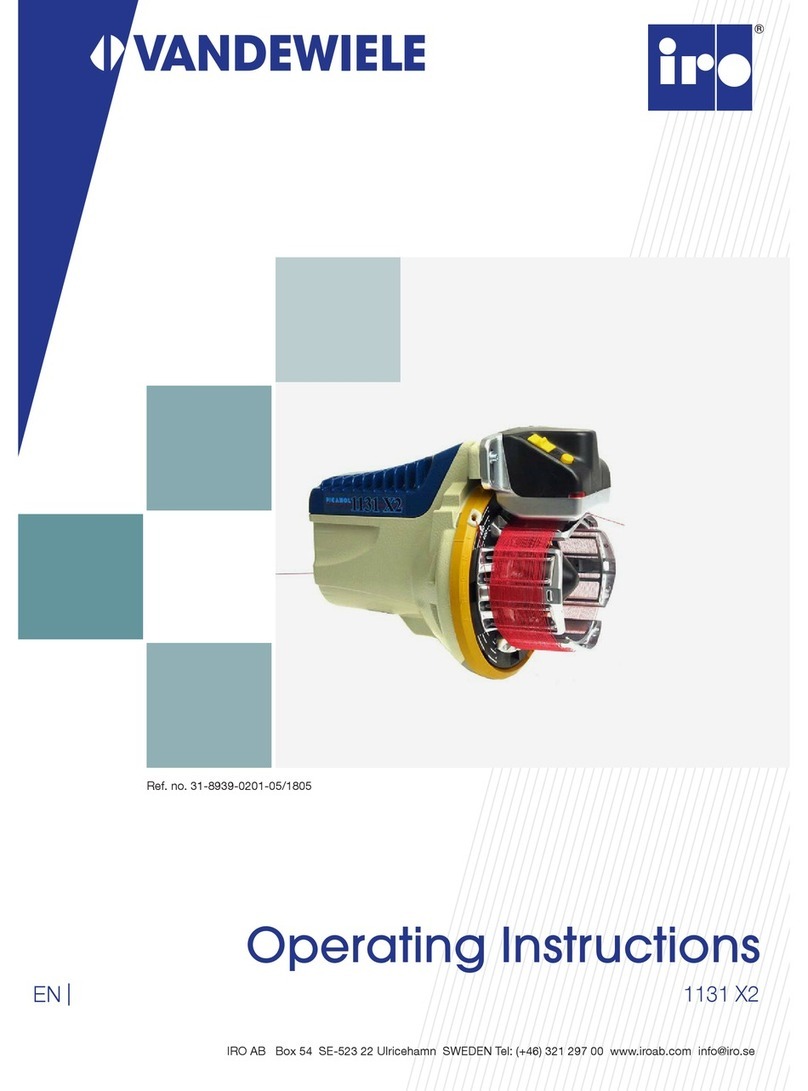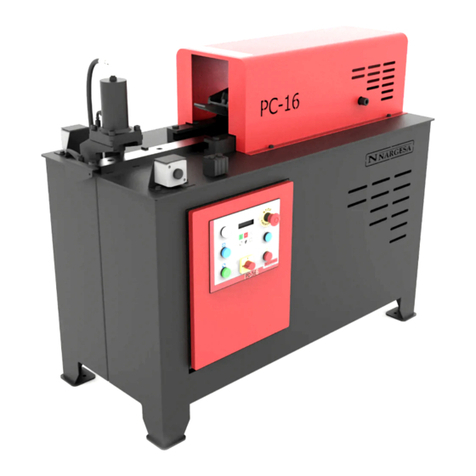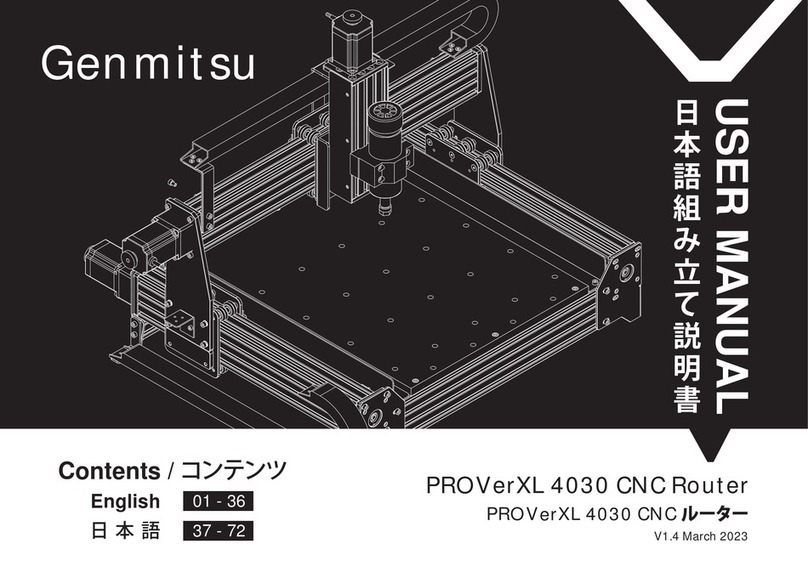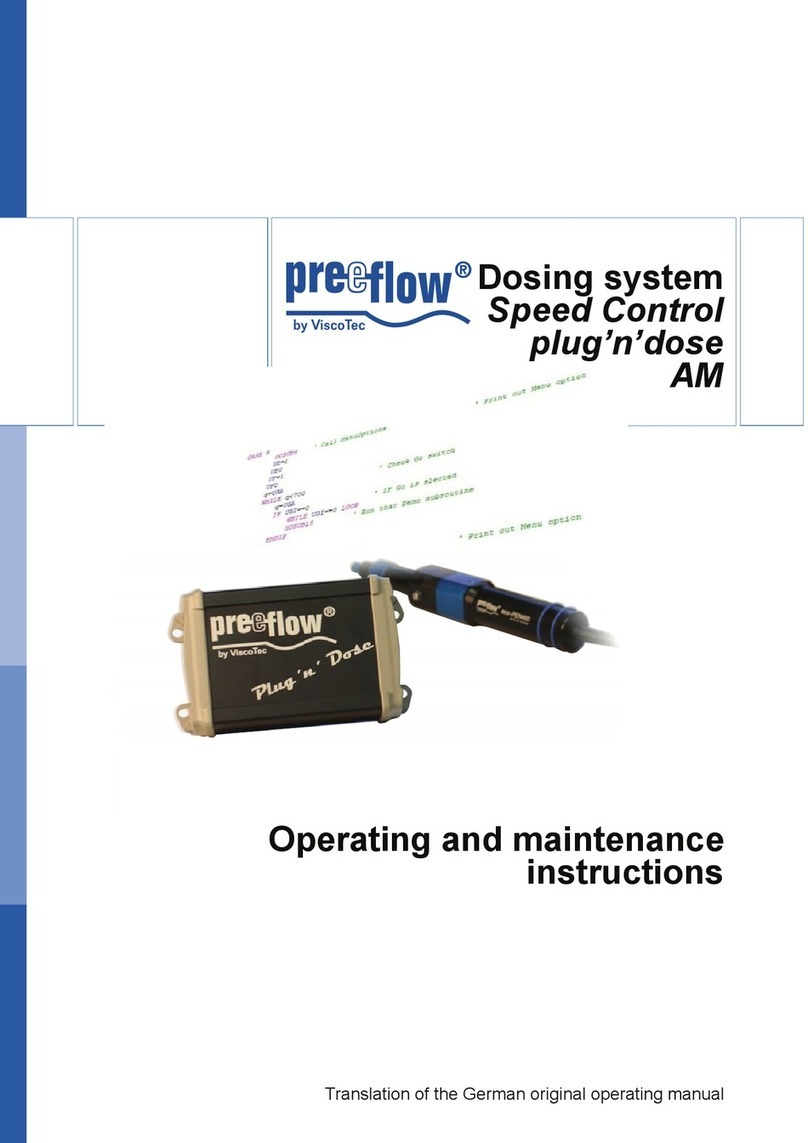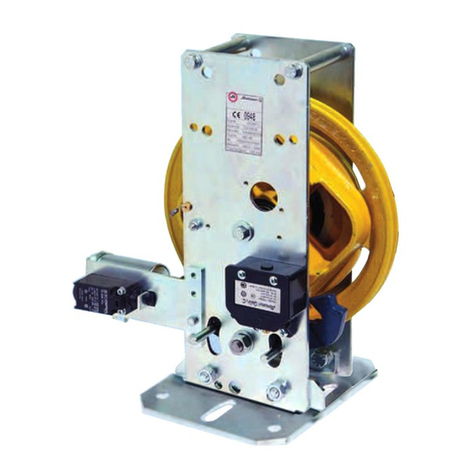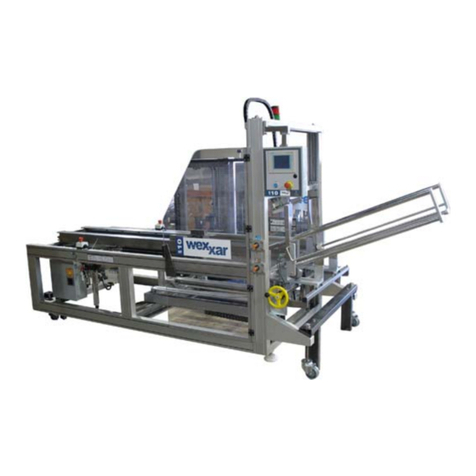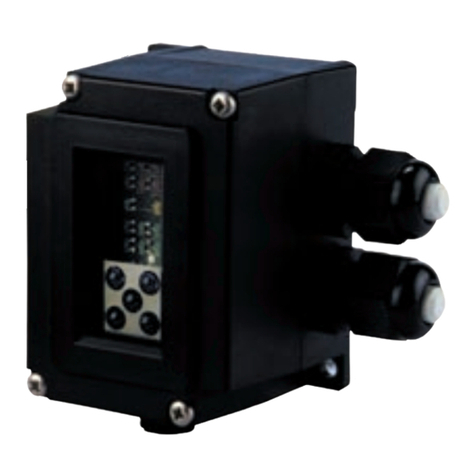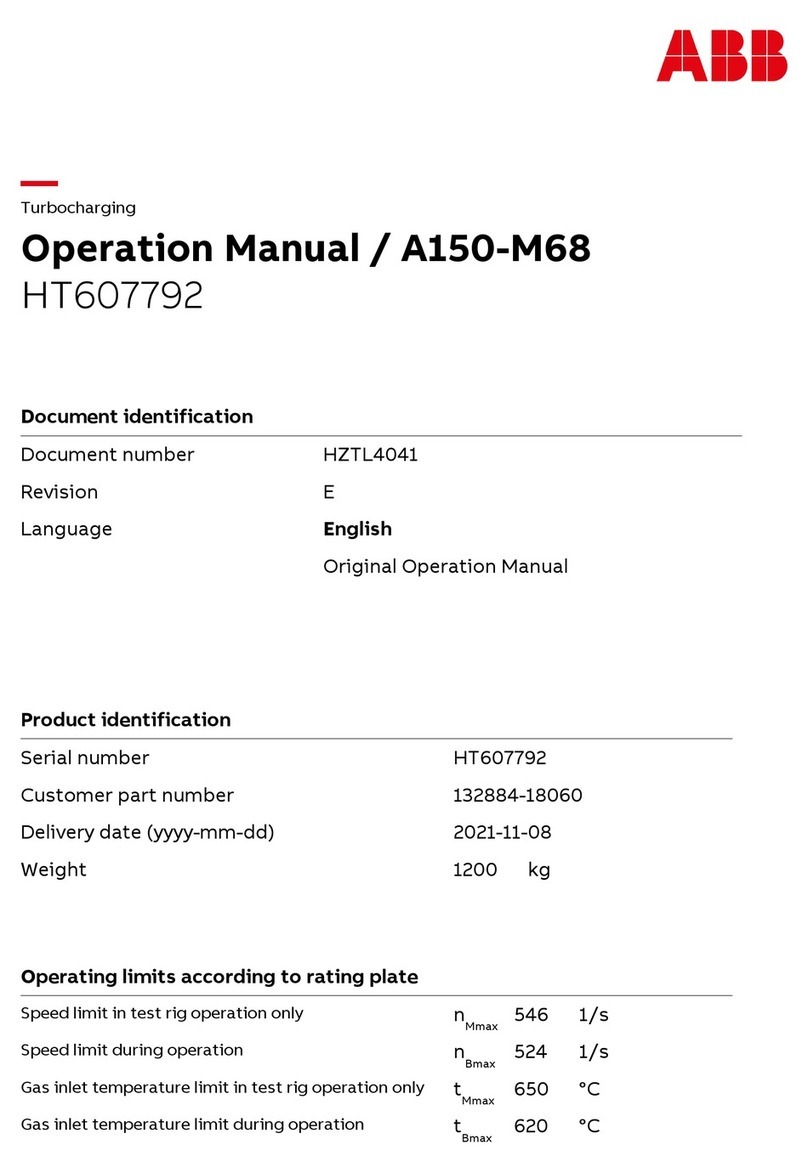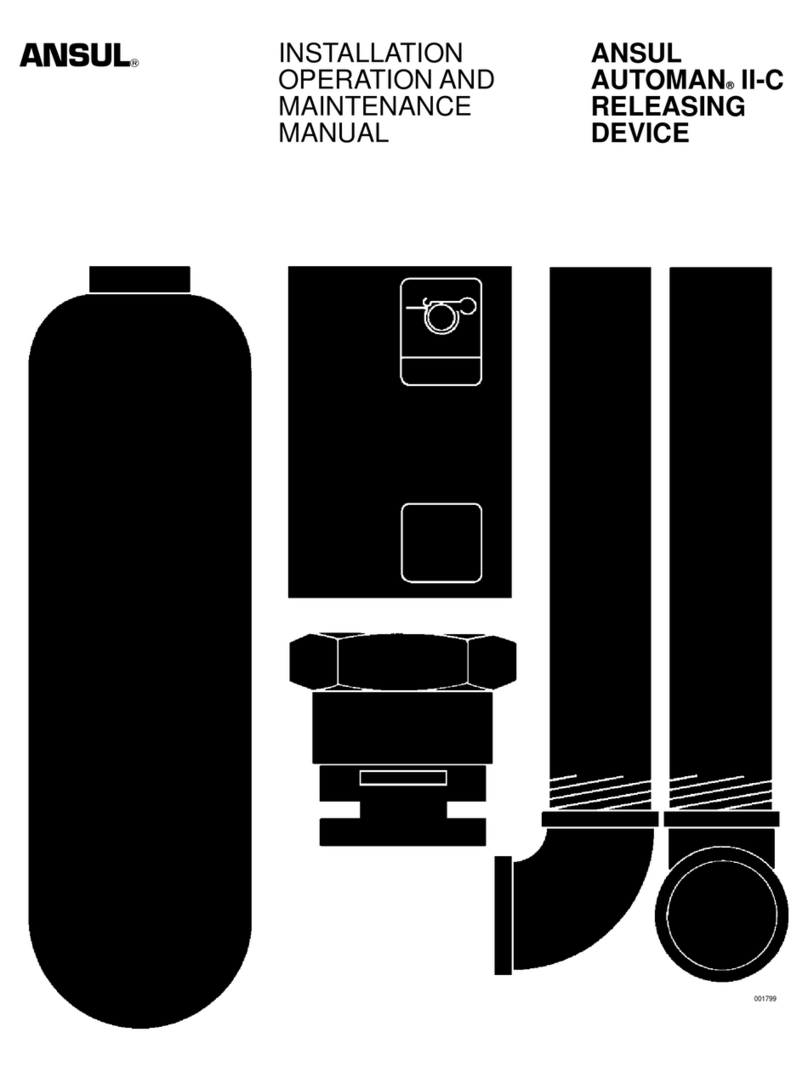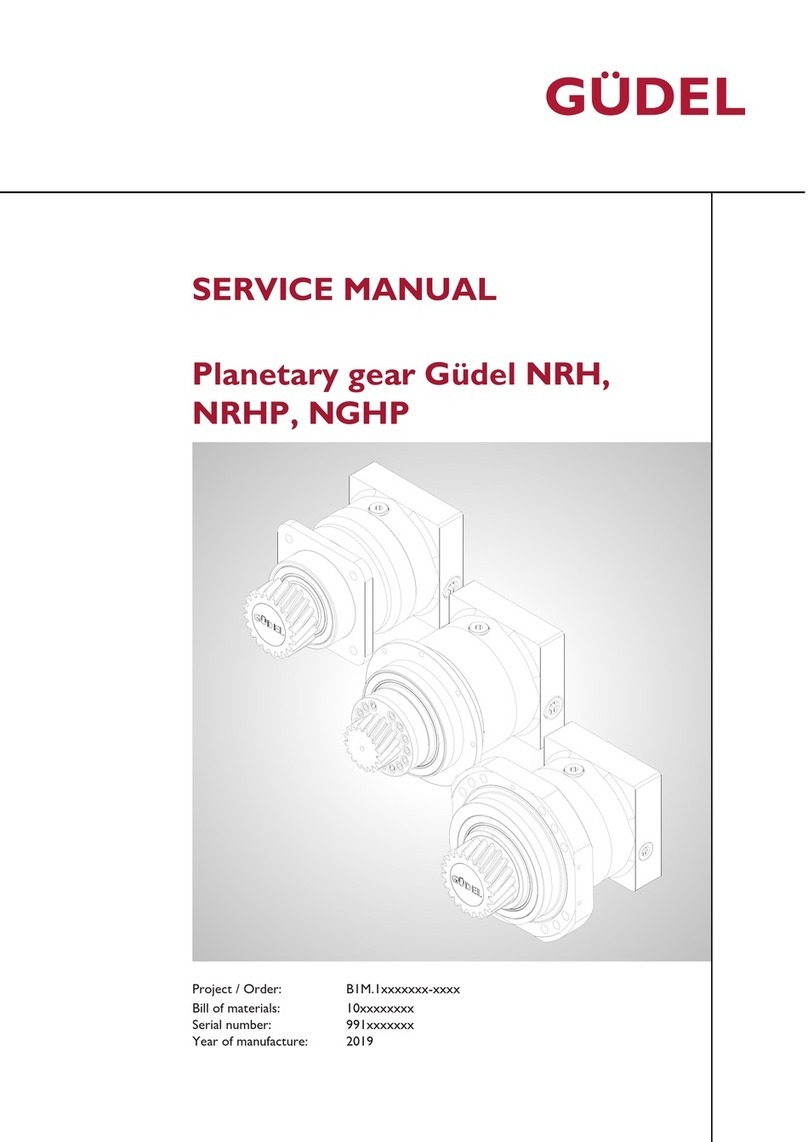MRMC MILO MRMC-2125-00 User manual

ii
Milo Quick Start Guide
QSG Product code: MRMC-2124-00
Products Covered: MRMC-2125-00, MRMC-1100-00
© 2021 Mark Roberts Motion Control Ltd. All rights reserved.
No part of this publication may be reproduced, transmitted, or translated
by any means — graphical, electronic, or mechanical — including
photocopying, recording, taping, or storage in an information retrieval
system, without the express written permission of Mark Roberts Motion
Control.
Although every care has been taken to ensure that the information in this
document is accurate and up to date, Mark Roberts Motion Control
continuously strives to improve their products and may make changes to
the hardware, firmware, and software described in this document. Mark
Roberts Motion Control therefore cannot be held responsible for any
error or omission in this document.
All product names mentioned herein are the trademarks or registered
trademarks of their respective owners.
Contact information
Mark Roberts Motion Control Ltd.
Unit 3, South East Studios
Blindley Heath
Surrey
RH7 6JP
United Kingdom
Telephone: +44 (0) 1342 838000
Web: www.mrmoco.com
www.mrmocorentals.com

Milo Quick Start Guide
iii
Milo Quick Start GuideMiloQuick Start Guide
Contents
Chapter 1 Assembling the hardware .............................................. 1
Overview ................................................................................. 1
General safety procedures for using industrial robots......2
Assessing a site ..............................................................3
Installation safety..........................................................3
Software setup ...............................................................4
Operational safety.........................................................5
General procedure ................................................................6
Mounting the turret...............................................................7
Mounting the main shaft.......................................................9
Mounting the main arm plate ............................................10
Mounting the 2 x lift ballscrews.........................................11
Mounting the Power Supply Unit and the driver box
bracket ...................................................................................15
Mounting the Milo main arm ............................................16
Mounting the Extend Ballscrew.........................................18
Mounting the bucket ...........................................................20
Mounting the rig on a track................................................22
Mounting the rig using ramp-ups ............................22
Mounting the rig using the caster system................24
Attaching the track motor pinch wheel and its
connectors....................................................................27
Connecting the cables .........................................................28
Starting up the Milo system................................................32
Milo start-up summary..............................................33
Shutting down the Milo system..........................................34
Appendix 2 Specifications............................................................... 36
Rig Weights ...........................................................................36
Operating Envelope .............................................................36
Rig Performance...................................................................36
Power and Environment .....................................................37

Milo Quick Start Guide
iv

Milo Quick Start Guide
1
Milo Quick Start GuideMiloQuick Start Guide
Chapter 1 Assembling the hardware
Overview
Thank you for using the Milo motion control rig from Mark Roberts
Motion Control (MRMC). Milo is designed for reliable day-in, day-out
use in professional studio and Outside Broadcast environments.
Milo is typically part of a complete motion control system that includes:
The Milo turret on which the arm is mounted.
The arm itself.
A head such as an Ulti-Head, Guinness head or Slimline head,
on which you mount your video camera.
A Windows PC running Flair Motion Control Software.
An RT-14 interface box, which handles the connections
between the PC and the Milo rig.
Additional controllers such as a Hand-Held Box (HHB),
MSA-20 Handwheels or Pan Bars.
The Milo rig is designed to work with heavy weight precision track and
when using it with Long Arm or Titan Arm, it must always be used with
outriggers preventing the rig from toppling over on fast moves.
If a Guinness or Slimline head are to be used with the rig, then the
normal Milo arm cables are provided. The head with its own pan slip
rings will fit in place of the Ulti-head bucket. The Milo arm driver box
sits inside the arm for Standard Milo and Long Arm can be fitted under
the rear section of the arm along with the junction box.

Milo Quick Start Guide
2
General safety procedures for using industrial
robots
Note that the words Robot and Rig are completely interchangeable and
identical in meaning, for the purposes of this document.
Motion Control rigs are potentially dangerous. It is important that you
and everyone else on the set understand the safety notes on the following
pages in order to stay safe.
You should use this document in addition to the normal Safety Manual
instructions that are applicable to all motion control rigs. This section
emphasises the safety concerns that are especially important around
high-speed, high-acceleration, industrial-grade robots which can cause
severe injuries.
See the separate Precision Track Quick Start Guide for
information on laying the track and mounting Milo onto it.
It is ultimately the operator of the rig who is responsible for
the safe use of the equipment so never bypass any of the safety
points listed here.
No one other than a highly trained operator should use the
robot, no matter how simple it looks or is.
This document is for the use of robots for carrying cameras or
props, not people. Additional safety steps should be taken prior
to using a rig to carry people.

Milo Quick Start Guide
3
Assessing a site
Before setting up Milo you need to assess the site, paying particular
attention to the following points:
Is the ground or floor firm enough and level enough? You
might have to use boards or bricks to create a level surface. The
surface needs to be strong enough to take the weight of Milo
(650 kg) plus the weight of the track (95 Kg per section) or
anchor weights (750-950kg) without flexing.
Does the site have access? You need to make sure you can
either push the rig into position on its wheels or carry it there
using a pallet truck or forklift.
Does the site have a power source with sufficient capacity for
the robot and the correct mains voltage?
– Milo with Titan arm requires a 380-415 Volt,
three-phase power supply (five-wire including Neutral
and Ground).
– Standard Milo requires a 240 Volt, single-phase power
supply (including Neutral and Ground).
– The computer stack that controls Milo (that is, the
desktop computer and the power supply brick for the
RT-14 interface box) are auto-switching and can run on
120-240 Volts AC.
Does the site have unusual environmental attributes that
require specialised protection from extreme temperatures,
humidity, rain, or dust?
Installation safety
Due to the large mass of the rigs and the accelerations they
achieve it is important that they are securely mounted, with the
recommended plates and bolts to a secure and concrete floor.
Make sure there is plenty of clearance around the length of the
track for the trailing cables of the rig to slide along the floor.
Ensure that they are not mounted in such a way so that they
can catch on the track or robot as it moves along the full
length.

Milo Quick Start Guide
4
Ensure the floor can support the load and the stresses (see
above).
Ensure the power supply is properly earthed (grounded) and of
the correct voltage (see above).
Check that all cables are securely fixed and are not going to
catch during motion.
Ensure the camera, lens, focus motor, accessories, power
supplies/batteries, etc. are all very securely mounted and will
not come off during motions.
Ensure all safety accessories are securely attached and in
working order, including emergency stops, safety sensors, etc.
Try to take as much care with lights’, stands’ and accessories’
positioning and the motion of the rig.
Ideally have the robot surrounded on all four sides by a safety
barrier, but where that is not practical, ensure that the
maximum number of sides feasible are closed off, and that any
person having to stand within reach of the robot is located as
far away as possible for the shot.
Never let anyone cross the robot’s track when the track motor
is powered up. In fact, it is a good idea to get into the routine of
walking around the track instead of over it so that you don’t
cross the track out of habit when the track motor is powered
up.
Software setup
Always ensure you have the right configuration for the robot
you are using, such as maximum axis speeds and accelerations.
Prior to running moves, enter in and keep to a minimum all
software axis and Cartesian limits. For example if the main axis
only needs to travel +/-40 degrees then reduce the limit to +/
-40 degrees even though it could do +/-180 degrees. This keeps
the likelihood of operator or software errors to a minimum.
Also check the Cartesian speed and acceleration limits are set
to reasonable values.

Milo Quick Start Guide
5
Operational safety
Do not use around flammable gas. All electrical equipment can
generate sparks that can ignite flammable gas.
Keep the equipment dry. The system has not been made
weatherproof. Do not use with wet hands.
Always run moves only when standing within easy reach of the
emergency stop.
Always loudly and clearly indicate to others when the rig is
about to move. Shout “Rig Moving!” if no other means exists.
Always have someone keep an eye on the trailing rig cables to
ensure they don’t get caught on anything or anyone.
Always run any move or adjusted move slowly at first to check
the motion. Even if you have checked the move previously, if
you make a minor change to it then you need to recheck it.
Keep the software in “slow mode” unless the move has been
tested and is now specifically doing a high speed pass.
In the event that a person or Actor has to be near the rig
during a move (hand model etc.) ensure that they fully briefed
on the safety requirements and that they know not to change
their position or do anything other than the rehearsed moves
without fully warning the operator. Any such person is to have
a clear escape route to allow them to move safely away from
the robot.
During use, repeatedly check the rig mounting points, cables,
camera mount, accessories etc. to ensure nothing has, or is,
working its way loose.
Never bypass any safety hardware or software.

Milo Quick Start Guide
6
General procedure
1
2
3
4
5
7
8
9
10
6
1. Mount the turret - page 7
2. Mount the main shaft on the turret (if it is not already on) - page 9
3. Mount the lift ballscrews- page 10.
4. Mount the power supply unit and the driver box - page 15
5. Mount the Milo main arm - page 16.
6. Mount the Extend Ballscrew - page 18
7. Mount the bucket and the head - page 19
8. Mount the ulti-head (optional) - page 22.
9. Mount Milo on a track - page 22.
10. Connect the cables - page 28.

Milo Quick Start Guide
7
Mounting the turret
1. Ensure that the Milo base is on a firm ground and that the brakes on
the castor wheels are engaged. If your Milo uses the caster systems,
then they can be mounted on first before assembling the rest of the
parts or just before you need to mount the robot on the precision
rail. Follow detailed procedure in Mounting the rig using the caster
system on page 24.
2. Ensure all four turret bolt retainers are fully extended outward.
3. Insert the mounting bars in the turret cavities and put the straps
around them. Using a gantry hoist and the straps carefully lower the
turret onto the base. Ensure that connector panel lines up with the
umbilical side on the base.
22
4
Press in
3
1
Tur ret
Base
2
2

Milo Quick Start Guide
8
4. Press the four turret bolt retainers all the way into the turret, and
tighten the captive bolts down using 6m hex key to secure the turret
into the base.
5. Turn the screw in the turret anti-clockwise to bring the turret gear
into mesh with the base gear and engage the spring
mechanism.Turn the screw until rotating the turret back and forth
by hand does not result in any backlash or play in the turret
movement.
Tur n
anti-clockwise

Milo Quick Start Guide
9
Mounting the main shaft
1. Remove the inspection cover from the turret.
2. Place the main shaft on top of the turret aligning the screw slots.
3. Insert and tighten the 2 x screws on each side of the main shaft to
secure it to the turret. The front screws should have nylocs
underneath after bolting in place.

Milo Quick Start Guide
10
Mounting the main arm plate
1. Two people lift the plate and place on to the centre shaft aligning the
8x screw cavities on the plate with those on the centre shaft.
2. Tighten the 4xinner screws which are smaller and 4xscrews on the
outside which are longer. Use a 6mm hex key.
Centre shaft
top
Plate
Smaller
inner
screw
Longer
outer
screw
Smaller inner
screws
Longer
outer
screws
1
2

Milo Quick Start Guide
12
2. Tighten the 4 x grub screws using a 6mm allen key (turn
anticlockwise) on front and rear of the belt box to secure the lift
ballscrew.
Note
The tape on the Lift Ballscrews is used to keep the ballscrew in place
and prevents it from moving down by gravity. This helps with proper
alignment of the Lift Ballscrew when mounting on the turret and
therefore should not be removed until the Lift Ballscrews are
mounted. It is advisable to use a similar method to keep the
ballscrew from moving should you need to disassemble the Milo.
Tape used to hold
the ballscrew in
place
2

Milo Quick Start Guide
13
3. Repeat steps 1-2 for the second lift ballscrew.
4. Secure the Centre Plate to the Lift Ballscrew clamps:
4.1 Push the Lift Ballscrews to align the Centre Plate brackets with
the clamps and loosely secure the captive screws one at a time.
4.2 Once all screws are aligned with the clamps, tightening the 4 x
captive screws using a 6mm allen key.
5. Once the Lift Ballscrews are secured to the Centre Plate, remove the
tape from the clamps.
3
Ball screw
clamp

Milo Quick Start Guide
14
6. Plug the cable, as shown.

Milo Quick Start Guide
15
Mounting the Power Supply Unit and the driver
box bracket
The Gorilla Power Supply must be internally set to the voltage of single
phase supply that will be used in that studio or country. There are taps
inside the PSU that allow this changeover. This does not apply to the Milo
if used only with the Titan Arm, as then it must be 240v phase to neutral,
but the PSU must be set internally to this.
1. Add the bracket on the two mounting hooks on the rear of the
turret.
2. Lift the PSUs and place them in the bracket.

Milo Quick Start Guide
16
Mounting the Milo main arm
1. Insert the lifting bars in the arm cavities and tie the lifting straps
around these. If the nose is not already mounted on the arm, it is
back heavy so for safety purposes tie another strap in the front of the
arm and one person hold it while another person lifts the arm using
a gantry hoist.
2. Slide the arm bearings towards the centre and lower the arm such
that the slots bearings on both sides align with the top of Lift
Ballscrew clamps.
3. Line 2 x rear arm bearings on the shoulder of the arm and seat them
in the slots on the plate above the centre shaft. Ensure that the shock
absorbers are clear of any obstruction.
Strap tied in the
front
Lifting bars
Arm bearings
Arm bearing
Lift ballscrew
clamp
This manual suits for next models
1
Table of contents
Other MRMC Industrial Equipment manuals


